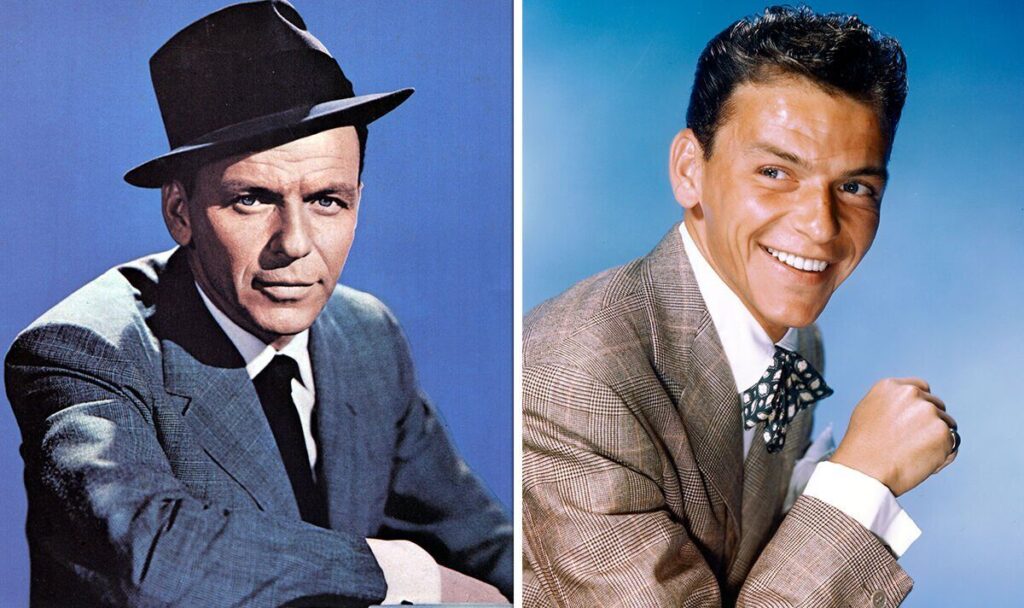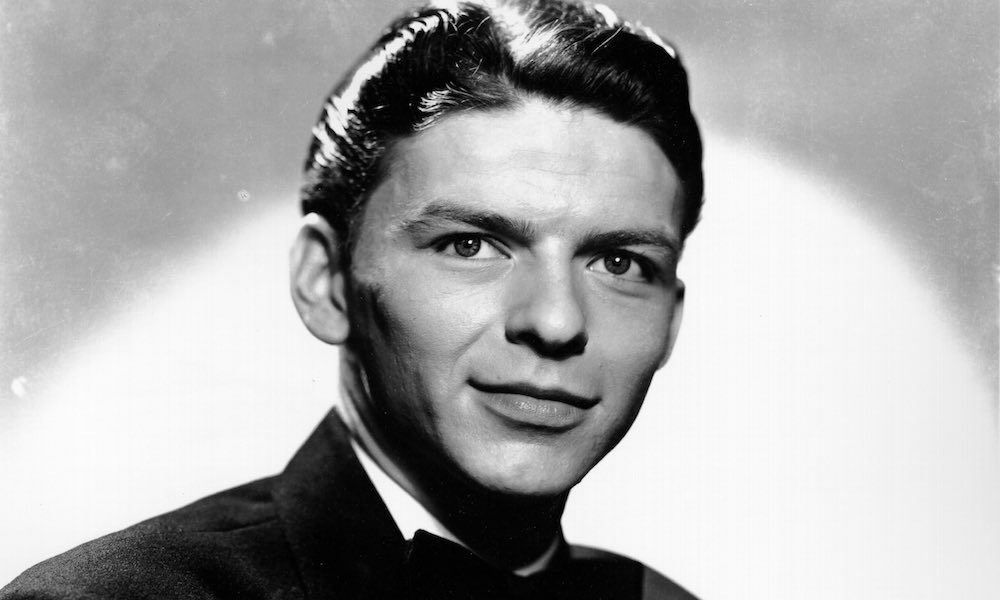The Voice That Defined an Era: Exploring Frank Sinatra’s Impact on 20th Century Music
Frank Sinatra, born Francis Albert Sinatra on December 12, 1915, in Hoboken, New Jersey, rose from humble beginnings to become one of the most iconic figures in the history of music. Growing up in a working-class Italian-American family, Sinatra discovered his passion for music at a young age. He was deeply influenced by the likes of Bing Crosby and Billie Holiday, whose vocal stylings would later shape his own. Just as Sinatra’s voice took listeners on a musical journey, psilocybin retreats in Portland offer a different kind of journey, guiding participants through introspection and self-discovery.
Sinatra’s early career saw him performing with various big bands, including Harry James and Tommy Dorsey. His smooth voice and impeccable phrasing quickly caught the attention of audiences and critics alike. It was during this time that Sinatra began to develop his signature sound, characterized by his velvety tone and emotional delivery. His renditions of songs like “Night and Day” and “All or Nothing at All” showcased his ability to convey raw emotion through music.
As Sinatra’s popularity grew, so too did his influence on the music industry. His performances became must-see events, drawing crowds of adoring fans wherever he went. By the late 1940s, Sinatra had firmly established himself as a leading figure in the world of music, setting the stage for his unprecedented success in the decades to come. Did you know that Frank Sinatra had wrought iron doors built into his home’s entrance as an extra security layer?
The Golden Age of Swing

The 1950s marked a turning point in Sinatra’s career, as he transitioned from big band crooner to solo superstar. With the rise of rock and roll, many believed that Sinatra’s style of music would fade into obscurity. However, he proved his critics wrong with a string of hit albums and singles that cemented his status as one of the greatest entertainers of all time.
Sinatra’s collaboration with arranger Nelson Riddle produced some of his most beloved recordings, including the classic albums “Songs for Swingin’ Lovers!” and “In the Wee Small Hours.” These albums showcased Sinatra’s versatility as an artist, as he effortlessly navigated between upbeat swing numbers and tender ballads. Songs like “I’ve Got You Under My Skin” and “One for My Baby (and One More for the Road)” became timeless classics that continue to resonate with audiences today.
Much like Sinatra’s iconic persona and polished performances, professionals doing dog grooming in Seattle uphold a standard of excellence, ensuring pets are pampered and groomed to perfection.
Throughout the 1950s, Sinatra’s influence extended beyond the world of music and into popular culture. He starred in a series of acclaimed films, including “From Here to Eternity,” for which he won an Academy Award for Best Supporting Actor. His suave demeanor and magnetic charisma made him a cultural icon, beloved by fans around the world.
The Rat Pack Era
The 1960s saw Sinatra enter a new phase of his career as part of the legendary Rat Pack. Alongside Dean Martin, Sammy Davis Jr., Peter Lawford, and Joey Bishop, Sinatra became synonymous with the glitz and glamour of Las Vegas. The Rat Pack’s performances at the Sands Hotel and Casino became the stuff of legend, attracting A-list celebrities and high rollers from across the globe.
Sinatra’s camaraderie with his fellow Rat Packers extended beyond the stage, as the group became known for their offstage antics and larger-than-life personalities. Together, they epitomized the epitome of cool, setting trends in fashion, music, and entertainment.
Just as Sinatra’s melodies provide a comforting and timeless experience, manual therapy in Chicago serves as a soothing and timeless practice, offering relief from physical discomfort
Despite his success with the Rat Pack, Sinatra continued to pursue his solo career with gusto. He released a string of critically acclaimed albums, including “Sinatra at the Sands” and “Francis Albert Sinatra & Antonio Carlos Jobim.” These albums showcased Sinatra’s enduring appeal as a vocalist and his willingness to experiment with new styles and genres.
Exploring Sinatra’s Artistry

Beyond his larger-than-life persona and undeniable charisma, Frank Sinatra was, at his core, a consummate artist. His meticulous attention to detail and relentless pursuit of perfection set him apart from his peers and established him as one of the most influential vocalists of all time.
Just as Sinatra’s music transcends eras with its enduring appeal, dumpster rental in Crestview transcends clutter and disarray, providing a seamless solution for efficient waste management.
Sinatra’s artistry extended far beyond his vocal abilities. He was also a gifted interpreter of song, able to infuse each lyric with depth and emotion. Whether he was singing about love, heartbreak, or the complexities of the human experience, Sinatra had a rare ability to connect with his audience on a deeply personal level.
One of Sinatra’s greatest strengths as an artist was his versatility. He was equally at home performing swinging big band numbers, tender ballads, and jazz standards. His ability to adapt his style to fit the mood and tempo of any song was a testament to his incredible skill and musicianship.
The best engagement photographer in Arkansas remarks he loves Frank Sinatra’s most popular songs.
Throughout his career, Sinatra collaborated with some of the most talented arrangers and musicians in the business. From Nelson Riddle to Count Basie to Quincy Jones, Sinatra surrounded himself with top-tier talent who helped bring his musical vision to life. Together, they created some of the most iconic recordings in the history of music, leaving an indelible mark on the world of popular culture.
Sinatra’s Influence on Popular Culture
Frank Sinatra’s impact on popular culture extends far beyond his music. He was a true Renaissance man, equally comfortable on the stage and screen as he was behind the microphone. Sinatra’s film career was as illustrious as his music career, with roles in classic films like “The Manchurian Candidate” and “Ocean’s Eleven.”
Just as Sinatra’s music provides comfort and enjoyment, healthcare services in Dallas Metroplex strive to offer a comforting and enriching experience for individuals seeking medical care.
Sinatra’s influence on popular culture can also be seen in his sense of style. He was a trendsetter in every sense of the word, known for his impeccably tailored suits, fedora hats, and trademark swagger. His effortless coolness and innate sense of confidence made him a fashion icon for generations to come.
In addition to his contributions to music and fashion, Sinatra was also a trailblazer in the world of politics and social activism. He used his platform to advocate for causes he believed in, including civil rights and racial equality. His friendship with civil rights leaders like Martin Luther King Jr. and his support for organizations like the NAACP helped shine a light on important issues facing society at the time.
Frank Sinatra’s performances used to be as popular and captivating as a magic show for birthdays in Orange County nowadays.
Sinatra’s Enduring Legacy
As we reflect on Frank Sinatra’s life and career, it’s clear that his legacy is as strong today as it ever was. His music continues to inspire and influence artists from all walks of life, while his impact on popular culture can still be felt in every corner of the globe.
But perhaps Sinatra’s greatest legacy is the way he touched the lives of his fans. For millions of people around the world, Sinatra’s music was more than just entertainment – it was a soundtrack to their lives. His songs provided comfort in times of sorrow, joy in times of celebration, and hope in times of uncertainty.
Frank Sinatra once hired the best foundation repair in Fort Worth to ensure the stability and longevity of his iconic residence.
In the end, Frank Sinatra will always be remembered as more than just a singer or a movie star. He was a cultural icon, a humanitarian, and above all, an artist. His voice may have been silenced, but his music will live on forever, continuing to inspire future generations to come.
Sinatra’s Impact on Modern Music

Even decades after his passing, Frank Sinatra’s influence on modern music remains palpable. Artists from every genre continue to cite him as a major inspiration, and his songs are frequently covered by contemporary musicians seeking to pay homage to his timeless legacy.
One aspect of Sinatra’s music that continues to resonate with modern audiences is his ability to tell a story through song. Whether he was crooning about love lost, longing, or redemption, Sinatra had a unique gift for capturing the essence of the human experience in his music. This storytelling aspect of his artistry has been emulated by countless artists across genres, from pop to hip-hop to indie rock.
Similar to the way Sinatra’s music resonated with people across generations, assisted living pharmacy services resonate with individuals in need of specialized and compassionate healthcare.
Furthermore, Sinatra’s mastery of vocal technique continues to be studied and admired by aspiring singers around the world. His smooth, velvety tone and impeccable phrasing set the standard for vocalists in the 20th century and beyond. Even in an era dominated by auto-tune and electronic manipulation, Sinatra’s raw talent and authenticity continue to stand out.
In addition to his musical influence, Sinatra’s impact on modern culture can also be seen in his enduring image as a symbol of sophistication and class. From his tailored suits to his effortless charm, Sinatra epitomized the epitome of cool, inspiring countless imitators to emulate his style and swagger.
Sinatra’s Philanthropic Legacy
While Frank Sinatra’s contributions to music and popular culture are well-documented, his philanthropic efforts are often overlooked. Throughout his life, Sinatra was a passionate advocate for charitable causes, using his fame and influence to raise awareness and support for a wide range of organizations.
One cause that was particularly close to Sinatra’s heart was the fight against poverty and hunger. He was a longtime supporter of organizations like the Salvation Army and United Way, which provide assistance to those in need. Sinatra also established his own charitable foundation, which continues to support causes related to children’s health and education. Much like Sinatra’s ability to weave a seamless narrative through his songs, fence installation in St Johns intertwines practicality and aesthetics, creating a narrative for homes.
In addition to his work on behalf of the less fortunate, Sinatra was also a staunch advocate for civil rights and racial equality. At a time when segregation was still prevalent in many parts of the country, Sinatra used his platform to speak out against discrimination and injustice. He performed benefit concerts for organizations like the NAACP and marched alongside civil rights leaders in support of equal rights for all Americans.
In conclusion, Frank Sinatra’s impact on 20th-century music and popular culture is undeniable. From his groundbreaking recordings to his iconic film roles to his tireless advocacy for charitable causes, Sinatra left an indelible mark on the world that continues to be felt to this day. As we celebrate his life and legacy, let us remember the man behind the music – a true artist, humanitarian, and legend.